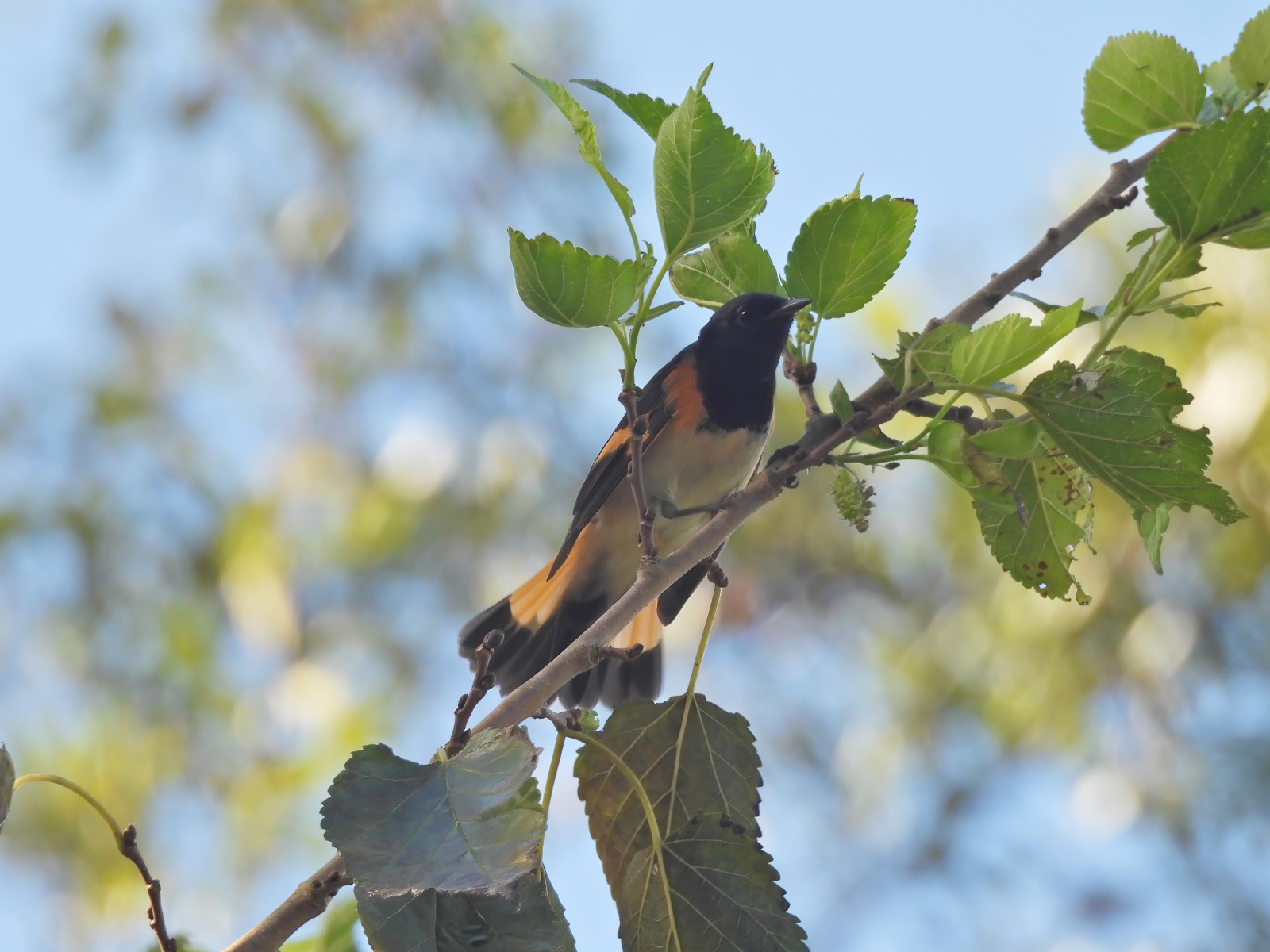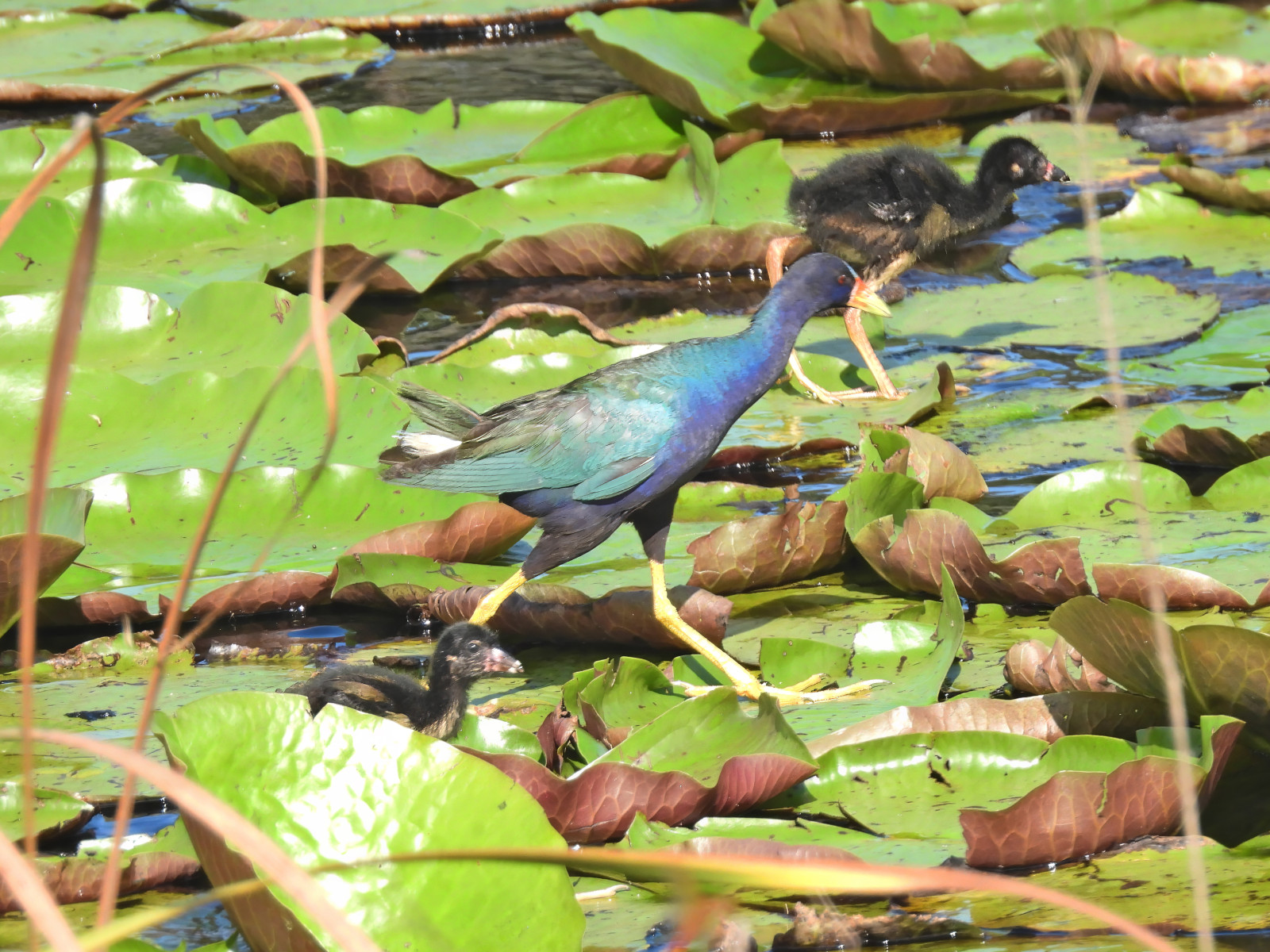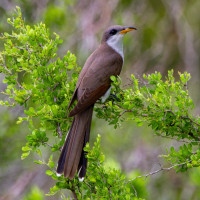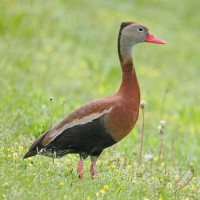Beschrijving
Laurel Hill Wildlife Drive in the Savannah National Wildlife Refuge is a one-way car loop on a well graded dirt road that forms a 4.8 mile semi-circle, starting and ending along Highway 170 (Alligator Alley). At the drive entry is a parking area which is also a great place for birding, especially during migration, with a wide variety of warblers, vireos, flycatchers, tanagers and other migrants possible.
From there, the road winds along diked wetlands and flooded fields, often following water channels and flooded ditches, with periodic stands of mature oak trees hung with Spanish moss. At just over a mile from the entrance (look for a parking area on the left), a short loop trail to a bird blind (at the site of a historic plantation cistern) offers one of the best areas to view migrant birds such as warblers, flycatchers and vireos. At several points you can park the car and walk along dikes that cross the car loop (these dike trails are accessible by foot only). Along the road, you may spot a Belted Kingfisher or a large flock of Cattle Egret foraging along the edge of the road, hear Common Yellowthroat singing, and see swallows and Chimney Swifts flying overhead. A short dike trail through trees near the very end of the drive offers a variety of woodpeckers, flycatchers and is the best spot for Yellow-billed Cuckoo.
A wide variety of birds can be found here including water and wading birds like White Ibis, Little Blue Heron Solitary Sandpiper, Glossy Ibis, Great Egret, Tricolored Heron, Clapper Rail, Purple Gallinule, Anhinga, Black-bellied Whistling-Duck, Blue-winged Teal and Wood Duck. Wood Stork and Roseate Spoonbill can occasionally be seen flying by. A variety of raptors including Mississippi Kite, Red-shouldered Hawk, Northern Harrier, Bald Eagle and Osprey can be found here, as well as sometimes Swallow-tailed Kite.
Laurel Hill Wildlife Drive is a good place to listen for (and if you're very lucky), to see, King Rails, which are far less common than Clapper Rails. Sora and Virginia Rail are also found here.
Depending on the season, at the entrance parking area, the cistern loop trail and among the periodic stands of large oaks and other trees, you can find birds such birds such as Eastern Kingbird, Northern Flicker, Indigo Bunting, Eastern Bluebird, Brown Thrasher, Northern Waterthrush, Great Crested Flycatcher, Summer Tanager, White-eyed Vireo American Redstart, Yellow-throated Warbler, Painted Bunting, Northern Parula, and more.
The best place for sandpipers and smaller wading birds is near the end of the drive, where a sandbar in a slough to the left of the road attracts Solitary Sandpiper, Least Sandpiper, Lesser Yellowlegs, Greater Yellowlegs, Short-billed Dowitcher and others. In this same stretch, it's common to see Green Heron and if you're lucky, a Least Bittern can occasionally be seen flying between reed banks.
Details
Toegang
Laurel Hill Wildlife Drive in the Savannah NWR is a car loop on a well graded dirt road that forms a 4.8 mile semi-circle, starting and ending along Highway 170 (Alligator Alley). A car is necessary to get there, and best for getting around, though there are a number of places to park and bird by foot. The one way drive starts at the main parking area with bathrooms (at about GPS point: 32.165678, -81.115289) and ends 1.2 miles to the Northeast on Highway 170.



 wikimedia andy Morffew.jpg)


